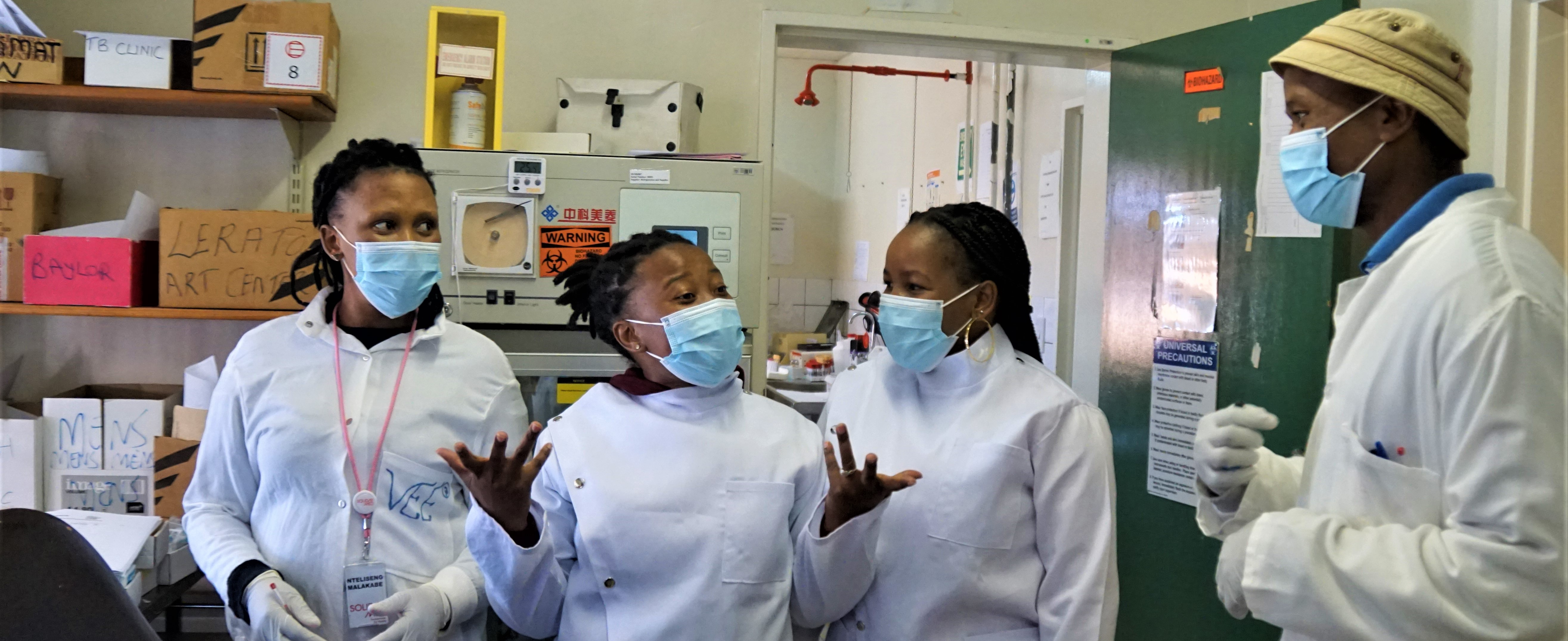In 2019, although Lesotho had five viral load (VL) laboratories, its goal of universal VL monitoring was hindered by barriers and delays. In the third quarter of 2019, more than one of every four people living with HIV/AIDS still lacked access to VL testing services.
Aiming to provide coverage to all people living with HIV/AIDS — and with the support of the Ministry of Health (MOH), U.S. Agency for International Development (USAID), and U.S. Centers for Disease Control and Prevention (CDC) — implementing partners banded together to implement an ambitious diagnostic network optimization (DNO) program.
The program began with a workshop in September 2019, at which participants mapped an optimized diagnostic network for HIV VL testing, early-infant diagnosis (EID), and tuberculosis diagnosis. The network was comprised of a mix of large and small laboratory sites around the country, including 13 minilabs.
The MOH’s head of infectious disease control and the laboratory director joined forces and formed a task force to lead implementation, leveraging each participating organization’s expertise to define clear roles.
The task force prioritized point-of-care VL testing for pregnant and breastfeeding women to provide faster identification and access to care for preventing mother-to-child transmission. A pilot program launched in February 2020 at five central “hub” sites, with eventual full rollout of the program in March 2021 to additional “spoke” sites.
Despite challenges related to COVID-19, which forced some training programs to happen virtually, more than 400 health facility staff received training in the skills needed to implement DNO.
As a result of the DNO, the time required from laboratory sample collection to delivery of results at facilities dropped from a range of 13 to 43 days to less than 24 hours. Health care providers reported a marked increase in patient satisfaction, including among pregnant and breastfeeding women.

